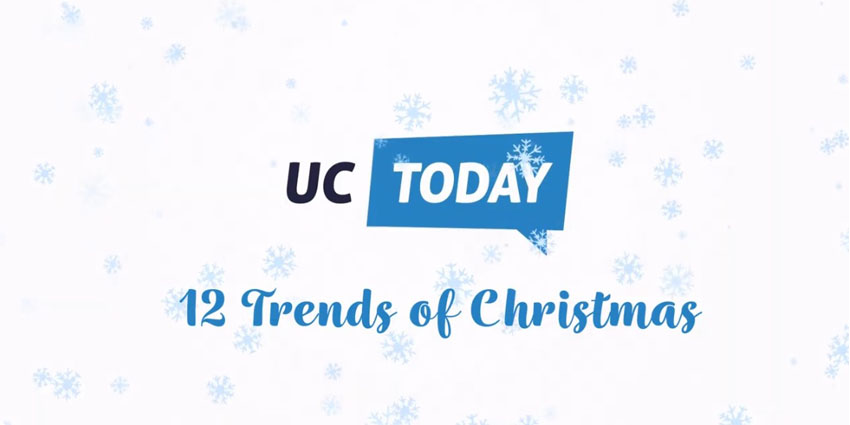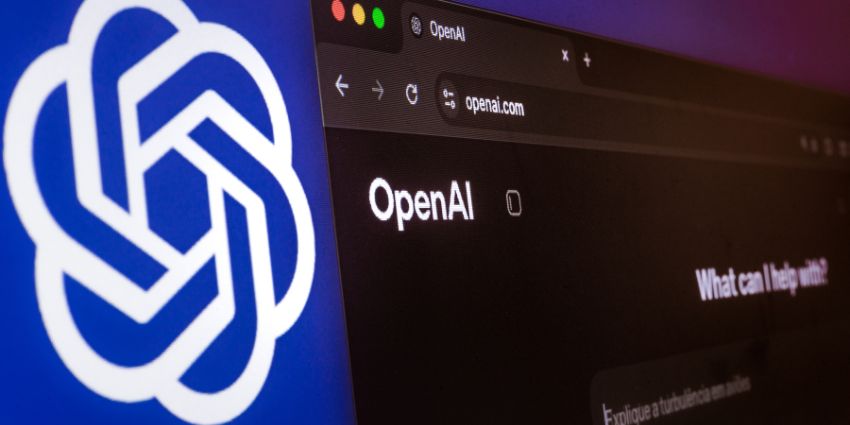Voice capture capabilities are under increasing pressure as organisations seek to comply with stringent regulations such as GDPR, MiFID II and FINRA at the same time as accommodating changing user habits. Where previously the situation was addressed by a relatively simple capture of voice calls on fixed line telephones (landlines over a PBX), now enterprises must enable voice capture across not only Mobile phone calls but apps such as WhatsApp, WeChat, Signal and Telegram.
Note: The regulations are still evolving around voice. While FINRA only lists six firms over the last three years who meet the criteria for the Tapping Rule, voice is a large channel of risk and both the CTFC and NFA have specifically called out “oral communications” in their regulations. There’s a huge opportunity for firms to be proactive by capturing voice no and mitigating risk moving forward.
There are geographical differences and preferences in various verticals to take into account, too. “People use different tools to communicate such as WhatsApp in the UK or WeChat in Asian markets and, in vertical markets, it could be Telegram or Signal in digital currency exchanges or Forex businesses,” explains Guy Levit, the Head of Capture Mobile at Smarsh.
“These differences have made it even more complex as companies capture more voice over those platforms than from traditional telephony. UK compliance enforcement, for example, is increasingly focused on comprehensively monitoring and capturing of all employee communication and expectations of auto-flagging anything potentially non-compliant.”
“On top of this there are regional differences to take into account,” he adds.
“In Europe, it’s clear everything including voice needs to be captured and searchable to achieve compliance in regulated industries. In the US, they’re staying away from making that mandatory because of differences between state laws but a lot of global companies don’t like having different regulations for people in different locations so across the board compliance decisions are being made.”
The challenges don’t stop there with different device operating systems, corporate and personally-owned devices and voice or SMS communication needing to be taken into account. “There’s no one silver bullet solution to address where you are, which network you use, what type of phone you have, whether it’s Android or Apple, and if you’re on a corporate phone or you’ve brought your own device to work,” Levit says. “Our job is to build solutions and explain the technology behind them to customers so they can choose what they need. We have several customers that have deployed different solutions of ours for different types of users in different geographies. There have even been different types of products for users in the same office.”
Levit, who previously served as the founder and CEO of TeleMessage prior to its acquisition by Smarsh in February 2024, says the diversity of communications means there is always going to be a blend of situations in which voice capture needs to be enabled. Smarsh Capture Mobile has focused on ensuring it can capture voice across the main voice messaging apps as well as mobile telephony networks, in addition to providing archiving, compliance and surveillance platforms.
“We are focused on building the best products on the capture side and the best engines to route captured calls to any archive solutions the customer wants to use,” adds Levit.
“Our strategy is to continue being an independent capture mechanism for all forms of calling and we offer integrations not only to Smarsh’s portfolio of archive solutions but also to its natural competitors.
Our integration with all key archiving and surveillance vendors enables us to add value to the whole range of currently available solutions, including call transcriptions and mobile networks for direct capture. This is important to ensure we can meet customers’ needs for voice capture regardless of what they then do with the captured calls.”







